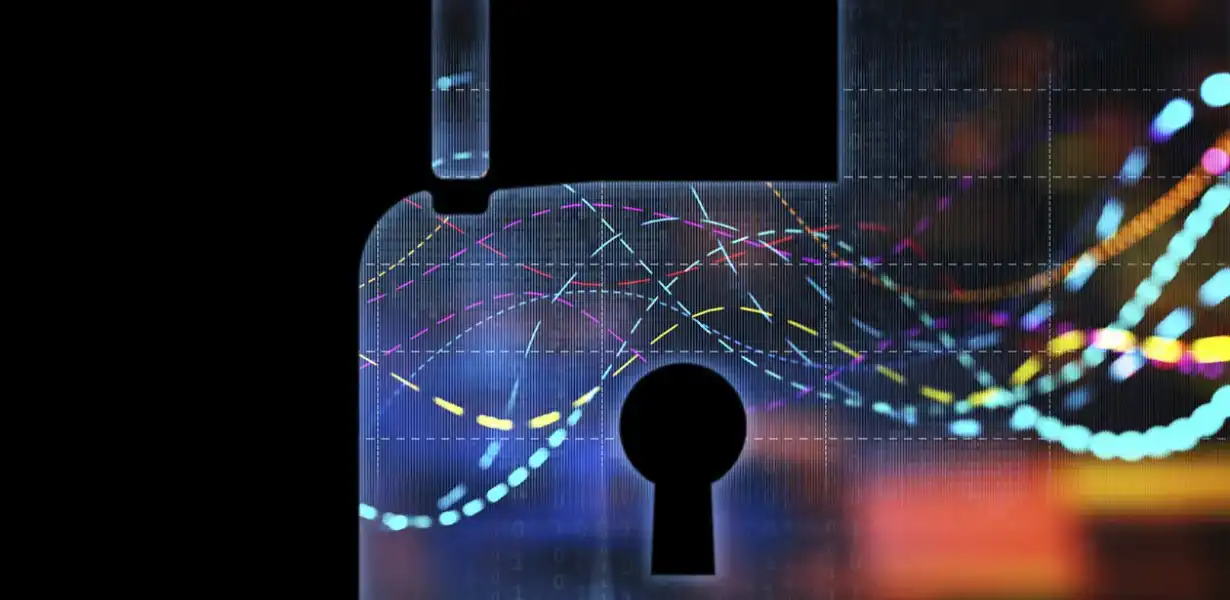
Next-Gen DNS Security: Unveiling the Power of DNSSEC and TLS 1.3
- Post
- August 8, 2023
- DNS Security, Domain & DNS Management, Internet & Web Services
- 0 Comments
In today’s interconnected digital landscape, where data breaches and cyber threats are on the rise, the significance of DNS security cannot be overstated. Secure DNS (Domain Name System) is a critical layer of defense against malicious activities that exploit vulnerabilities in the traditional DNS infrastructure. This comprehensive guide delves into the world of DNS security, focusing on the revolutionary technologies DNSSEC and TLS 1.3. Our aim is to empower you with the knowledge needed to fortify your online presence and protect your digital assets
Introduction: The Imperative of DNS Security
As the gateway to the internet, the DNS system translates human-readable domain names into IP addresses, facilitating online communication. However, this essential service has vulnerabilities that cybercriminals exploit to conduct attacks like DNS spoofing and cache poisoning. To counter these threats, DNS Security Extensions (DNSSEC) and Transport Layer Security (TLS) 1.3 have emerged as next-gen solutions.
Understanding DNSSEC: Enhancing Domain Verification
DNSSEC revolutionizes DNS security by adding an extra layer of authenticity to the DNS lookup process. It employs cryptographic signatures to ensure the integrity and authenticity of DNS data. When a user enters a domain, DNSSEC guarantees that the IP address received is accurate and untampered, thwarting attacks like man-in-the-middle.
Incorporating DNSSEC requires signing each domain’s DNS records cryptographically. These signatures are then validated by DNS resolvers, ensuring users are directed to the correct, secure website. Organizations adopting DNSSEC bolster their online credibility and diminish the risk of DNS-related breaches.
Delving into TLS 1.3: Fortifying Data Encryption
Transport Layer Security (TLS) 1.3, the latest iteration of the TLS protocol, plays a pivotal role in enhancing the security of data transmission over networks. TLS 1.3 streamlines the handshake process and optimizes encryption algorithms, resulting in faster and more secure connections. With improved forward secrecy and reduced exposure to vulnerabilities, TLS 1.3 is a robust defense against eavesdropping and data tampering.
The Synergy of DNSSEC and TLS 1.3: Unbreakable Security
Combining DNSSEC and TLS 1.3 forms a robust defense duo. DNSSEC ensures the accuracy of IP addresses, while TLS 1.3 encrypts data in transit. This synergy thwarts DNS attacks, data interception, and DNS cache poisoning, providing comprehensive protection. Users navigating secure websites will experience enhanced privacy and reduced exposure to cyber threats.
Implementation Challenges: Navigating the Roadblocks
While the benefits of DNSSEC and TLS 1.3 are undeniable, their adoption isn’t without challenges. Implementing DNSSEC demands careful key management and changes to existing DNS infrastructure. On the other hand, upgrading to TLS 1.3 may require compatibility checks, impacting older systems. Organizations must weigh these challenges against the undeniable security gains.
DNS Security Best Practices: Safeguarding Your Digital Domain
- Enforce DNSSEC: Sign your domain’s DNS records and enable DNSSEC validation to ensure data authenticity.
- Upgrade to TLS 1.3: Migrate to TLS 1.3 for secure data transmission, enhanced speed, and robust encryption.
- Regular Audits: Conduct periodic DNS security audits to identify vulnerabilities and implement necessary updates.
- Monitor DNS Traffic: Monitor DNS traffic for suspicious activities that could indicate attacks on your infrastructure.
- Educate Users: Raise awareness among users about the importance of secure browsing and recognizing phishing attempts.
Final Words: Fortify Your Digital Footprint
In a digital era rife with cyber threats, fortifying your online presence is imperative. DNSSEC and TLS 1.3 offer cutting-edge solutions to safeguard your data, ensure data authenticity, and provide users with a secure browsing experience. Embrace these technologies to build an unassailable digital fortress and protect what matters most.
Commonly Asked Questions
Q1: How does DNSSEC prevent DNS cache poisoning?
A1: DNSSEC employs cryptographic signatures to verify the authenticity of DNS records, preventing malicious alteration and ensuring users are directed to legitimate websites.
Q2: Can DNSSEC prevent DDoS attacks?
A2: While DNSSEC doesn’t directly prevent DDoS attacks, it adds an extra layer of security to DNS, reducing the risk of DNS-based attacks.
Q3: Does DNSSEC impact website performance?
A3: DNSSEC adds a minimal overhead, which might slightly increase lookup times. However, the security benefits outweigh the negligible performance impact.
Q4: What’s the advantage of TLS 1.3 over previous versions?
A4: TLS 1.3 improves security by streamlining the handshake process, enhancing forward secrecy, and minimizing exposure to vulnerabilities present in older versions.
Q5: Is DNSSEC/TLS 1.3 implementation complex for small businesses?
A5: While implementation can be nuanced, various resources and guides are available to simplify the process, making DNSSEC and TLS 1.3 adoption feasible for businesses of all sizes.




